Buy the photo Delicate pastel-coloured linen textures by Silva Wischeropp on canvas, ArtFrame, poster and wallpaper, printed on demand in high quality.
About "Delicate pastel-coloured linen textures"
by Silva Wischeropp
About the artwork
This delicate linen collage with fabric nets was created in an abandoned nursery in the Botanical Volkspark Blankenfelde-Pankow on 24 March 2018 with the NIKON D90 camera (lens: NIKKOR 80.0-200.0 mm f/2.8).
The fabric was then processed with colour gradients in Photoshop.
The structural composition of the fabric has a decisive influence on its properties. Fabrics are anisotropic in nature. In addition, most fabric structures are asymmetrical, which increases the anisotropy. This means that the mechanical properties of a fabric depend on the direction in which a force is applied. For example, when a tensile load is applied in the warp or weft direction, fabrics only stretch slightly. If, on the other hand, the tensile load acts diagonally, e.g. at 45°, fabrics are very stretchable, even if they are woven from non-stretchable threads.
Fabrics with high thread densities are particularly resistant and hard-wearing. This effect is further enhanced if twisted yarns are used instead of simple yarns. Other important properties of a fabric are the single thread pull-out force and the push strength. The former is the force required to pull the thread out of the fabric parallel to its longitudinal axis. A measure of the push strength is the force required to move a thread perpendicular to the longitudinal axis in the plane of the fabric.[11] The frictional resistance of the thread crossing points located one behind the other, which is determined by the wrap angle at the crossing points and the coefficient of friction, opposes the pulling out of a thread.[12] These two properties are a measure of the manageability of the fabric. The higher both values are, the worse the drapability, i.e. the possibility of moulding into three-dimensional textile structures.

About Silva Wischeropp
"For me, photography feels like really capturing the moment - like a kind of alchemy where time is physically captured."
Silva Wischeropp was born in the Hanseatic city of Wismar in the former GDR. Today she lives and works in Berlin. As a passionate travel..
Read more…
 Germany
Germany Ordered in December 2021
Ordered in December 2021
 Germany
Germany Ordered in February 2021
Ordered in February 2021
 Netherlands
Netherlands Ordered in August 2022
Ordered in August 2022
 Germany
Germany Ordered in November 2020
Ordered in November 2020
 Netherlands
Netherlands Ordered in January 2020
Ordered in January 2020
 Germany
Germany Ordered in April 2023
Ordered in April 2023
 Germany
Germany Ordered in February 2024
Ordered in February 2024
 Germany
Germany Ordered in September 2019
Ordered in September 2019
 Germany
Germany Ordered in October 2019
Ordered in October 2019
 Netherlands
Netherlands Ordered in May 2021
Ordered in May 2021
 Netherlands
Netherlands Ordered in November 2024
Ordered in November 2024
 Germany
Germany Ordered in February 2020
Ordered in February 2020
About the material
ArtFrame™
Interchangeable Art Prints
- High-quality print
- Easily interchangeable
- Acoustic function
- Large sizes available
Discover the artworks of Silva Wischeropp
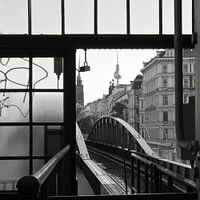 Underground station of the U2 line - special train to PankowSilva Wischeropp
Underground station of the U2 line - special train to PankowSilva Wischeropp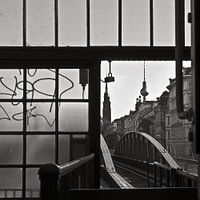 Berlin underground station Eberswalder Strasse of line U2Silva Wischeropp
Berlin underground station Eberswalder Strasse of line U2Silva Wischeropp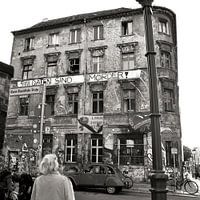 Old, squatted house in the Scheunenviertel district of Berlin-MitteSilva Wischeropp
Old, squatted house in the Scheunenviertel district of Berlin-MitteSilva Wischeropp The Trevi Fountain - Fontana di TREVI in RomeSilva Wischeropp
The Trevi Fountain - Fontana di TREVI in RomeSilva Wischeropp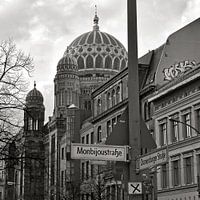 New Synagogue (Berlin) in the Mitte districtSilva Wischeropp
New Synagogue (Berlin) in the Mitte districtSilva Wischeropp Sculpture of an angel in the St. Elisabeth cemeterySilva Wischeropp
Sculpture of an angel in the St. Elisabeth cemeterySilva Wischeropp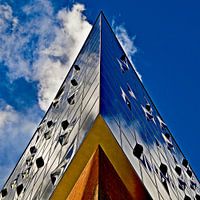 When music touches the skySilva Wischeropp
When music touches the skySilva Wischeropp Underground station of the U2 line - Berlin-Pankow(East Berlin)Silva Wischeropp
Underground station of the U2 line - Berlin-Pankow(East Berlin)Silva Wischeropp Mysterious, Sicilian facadeSilva Wischeropp
Mysterious, Sicilian facadeSilva Wischeropp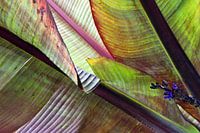 Banana leaves in the warm autumn lightSilva Wischeropp
Banana leaves in the warm autumn lightSilva Wischeropp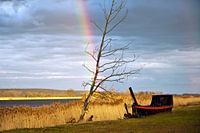 Magical rainbow at the OderbruchSilva Wischeropp
Magical rainbow at the OderbruchSilva Wischeropp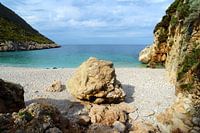 Magic Sicilian Sea SoundSilva Wischeropp
Magic Sicilian Sea SoundSilva Wischeropp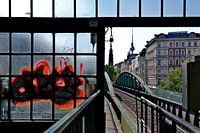 Popular underground station on the U2 line on Eberswalde StrasseSilva Wischeropp
Popular underground station on the U2 line on Eberswalde StrasseSilva Wischeropp Once upon a time in Taormina on the island of SicilySilva Wischeropp
Once upon a time in Taormina on the island of SicilySilva Wischeropp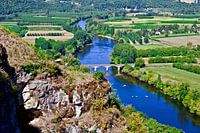 Fantastic view of the Dordogne valley from the Bastide DommeSilva Wischeropp
Fantastic view of the Dordogne valley from the Bastide DommeSilva Wischeropp Imaginative sand dunes at Henne Strand in JutlandSilva Wischeropp
Imaginative sand dunes at Henne Strand in JutlandSilva Wischeropp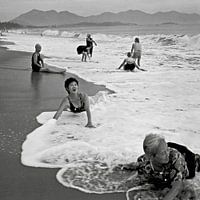 Women bathing on the beach at Nha Trang in VietnamSilva Wischeropp
Women bathing on the beach at Nha Trang in VietnamSilva Wischeropp Night panorama with the Bridge of Angels and St Peter's Basilica in RomeSilva Wischeropp
Night panorama with the Bridge of Angels and St Peter's Basilica in RomeSilva Wischeropp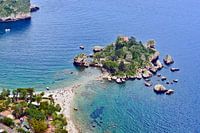 Paradise Isola Bella on the east coast of SicilySilva Wischeropp
Paradise Isola Bella on the east coast of SicilySilva Wischeropp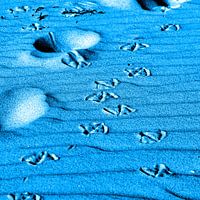 Turquoise blue tracks on the dune on the Baltic Sea beachSilva Wischeropp
Turquoise blue tracks on the dune on the Baltic Sea beachSilva Wischeropp
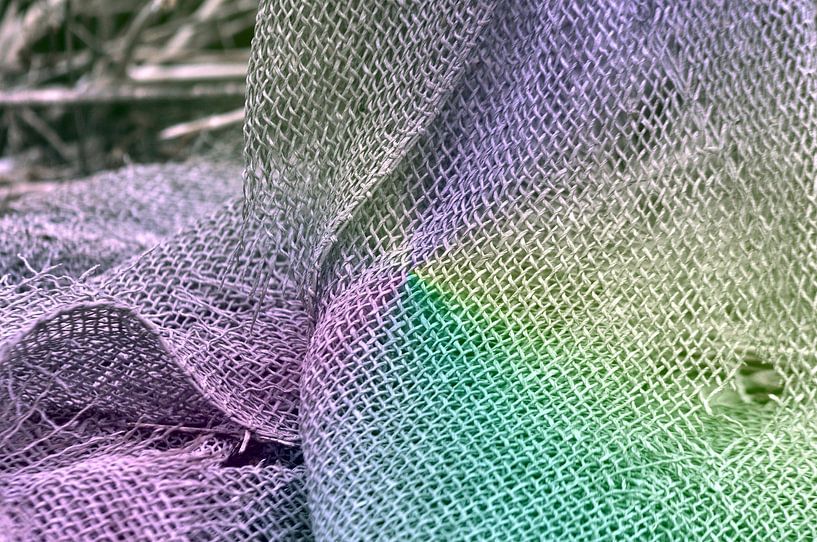












 Abandoned places
Abandoned places Dreamy Escapes
Dreamy Escapes Garden
Garden Gentle Whispers
Gentle Whispers Mysterious Spheres
Mysterious Spheres Pastel
Pastel Photo wallpaper
Photo wallpaper Photography
Photography









